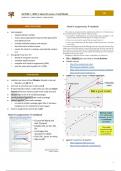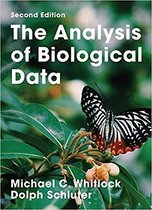College aantekeningen
Voortgezette Statistiek en 'R' - hoorcollege - t/m week 5
- Vak
- Instelling
- Boek
Dit zijn de aantekeningen gemaakt tijdens de hoorcolleges van Voortgezette Statistiek en 'R'. Het vak wordt gegeven aan de Universiteit Utrecht.
[Meer zien]




